Review: Universal Audio Apollo x6
Universal Audio’s talent for combining top-notch audio I/O circuitry with dedicated effects processing and high-end plug-ins has been a recipe for success. Let’s gets a taste of its latest dish.
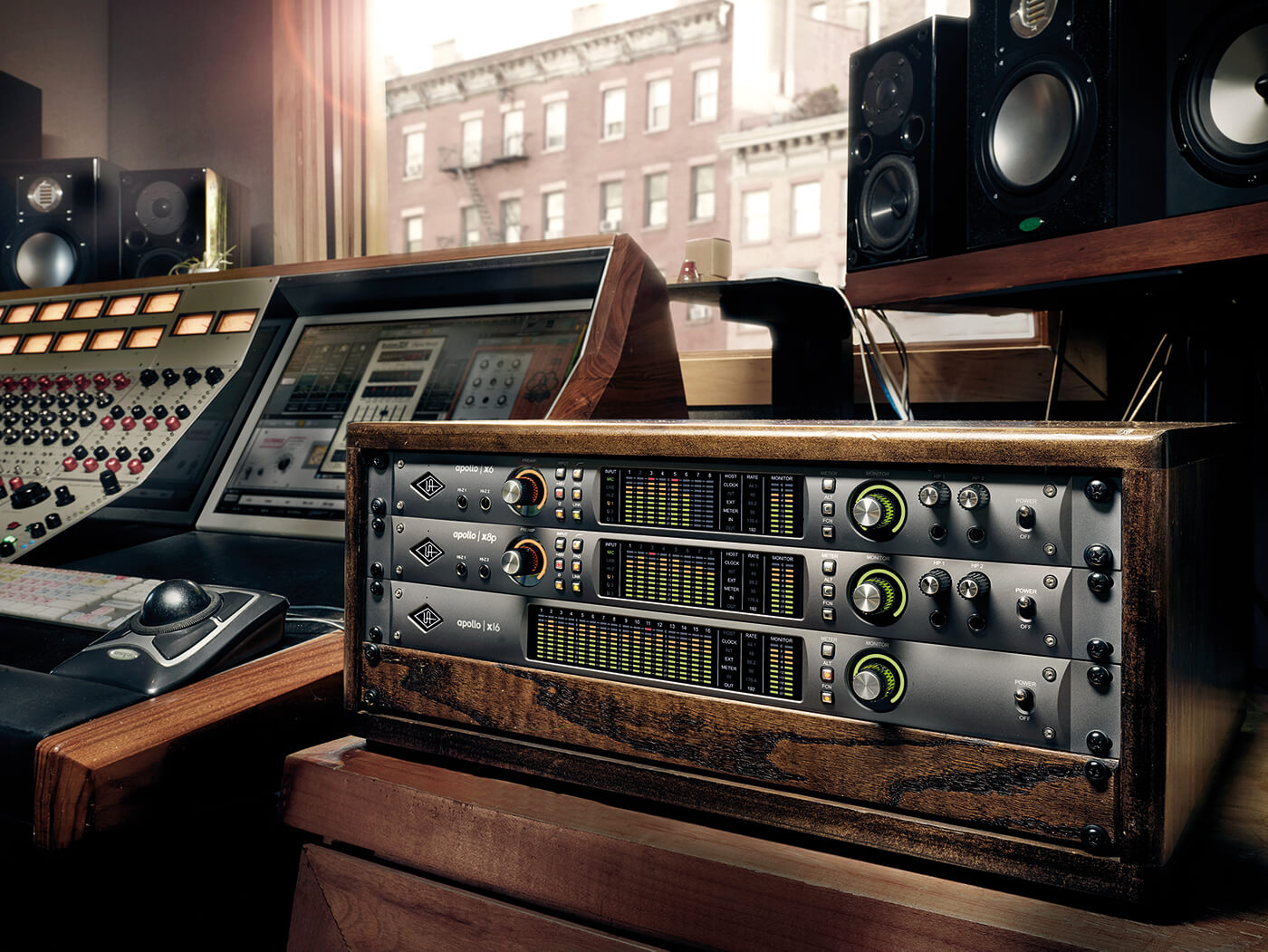

Price £1,750 (Street)
Contact Universal Audio
Input-monitoring latency can be really frustrating. Good audio hardware and a powerful computer can get it down fairly low, but it’s still a persistent issue. Direct monitoring gets rid of the latency of course, but at the cost of not being able to monitor the results of any processors or effects being applied in the DAW. There is a solution, though, and one that’s been around in one form or other for many years: Dedicated DSP.
You see, relying on the host computer to do all of the processing required by a DAW is all well and good, but the computer is also running an operating system, drawing graphics, monitoring network ports, managing the file system and all the rest of it. So it only turns its attention to handling audio inputs, outputs and processing every once in a while (many times a second in practice, but not constantly is the point).
Dedicated audio DSP, on the other hand, has just one job to do – handling audio mixing and processing – and can be fully optimised for this one task. As a result, dedicated DSP is lightning fast, and so can deliver imperceptibly low latencies, even when applying effects in real time.
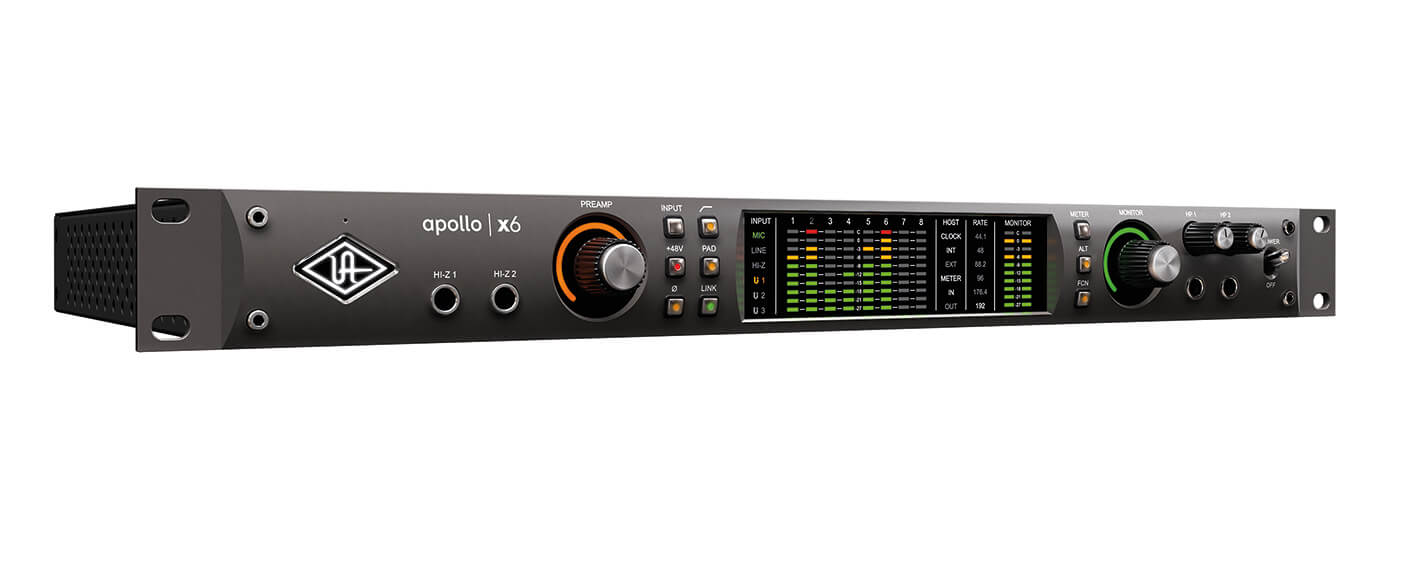
Looking for satellites
For a long time, Pro Tools had the DSP-based DAW market sewn up. It wasn’t the only DSP solution, but it had the widest support in terms of plug-ins and general market penetration, and so was generally considered to be the only option for escaping the limitations of native processing… but at a price! Thankfully, the advent of high-speed external connection busses such as FireWire and USB 2 made it possible to incorporate a bit of DSP supercharging into a native-based DAW via an external ‘satellite’ DSP unit connected to one of these busses.
Initially, these satellite processors were focused on effects processing, relieving the host CPU of some of its mixing duties, but they were also much cheaper than Pro Tools DSP hardware and would work with all of the big-name DAWs. One of the pioneers of this sort of satellite DSP processing was Universal Audio.
This pioneering spirit is ingrained in UA’s DNA, which accounts for its long and illustrious history in the pro-audio world. It is credited with having designed the layout of modern mixing consoles, and of inventing both per-channel EQ and effect send busses. UA is also the force behind some legendary hardware from the analogue age, such as the UREI LA-2A and LA-3A opto compressors and the Teletronix 1176LN peak limiter and 1108 FET preamp. Yet despite this exceptional pedigree, the business was closed in 1985, with the UREI trademarks being picked up by JBL. It also shared them with its sister company Soundcraft.
In 1999 the company was re-established by the sons of original founder Bill Putnam, with the aims of reproducing and re-releasing their father’s classic designs and to research and design new digital recording tools that “retain the spirit of vintage analogue technology”. The reborn company had lost none of its drive to innovate, either, with its audio I/O technology finding favour with the discerning demands of audio professionals, and the success of its UAD satellite DSP platform driving the development of an ever-growing library of top-drawer plug-ins, many modelled on classic UA designs. Inevitably, UA combined these two technology lines, mating audio I/O and DSP processing – among the latest progeny of that union is the Apollo x6.
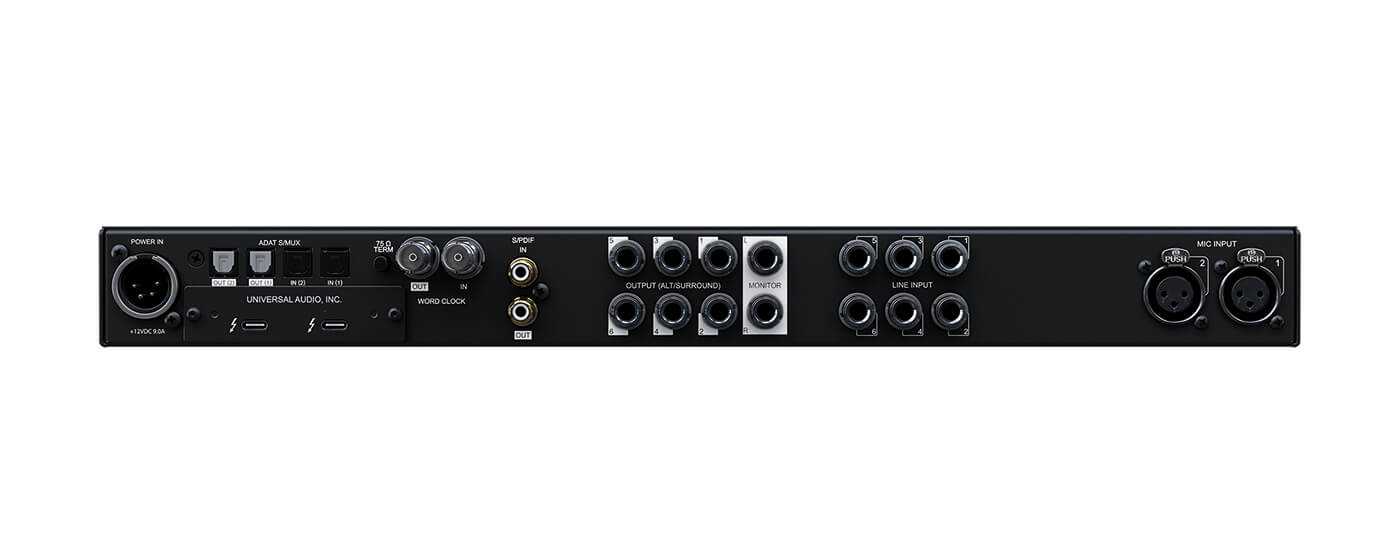
Getting connected
In keeping with the other members of the Apollo line, the x6 is a good-looking beast. Its charcoal-grey 1U fascia hosts level metering for the six analogue I/O channels and the monitor output signal, a pair of Hi-Z (ie, instrument level) input connectors, preamp controls, a pair of independent headphone output connectors, and controls for the monitoring and headphone signal levels. There’s also a talkback mic built right into the front panel, which can be triggered via a front-panel button or from within your DAW using UA’s Console Recall plug-in.
The unit has six analogue inputs, which is a relatively small number by modern standards, but is sufficient for smaller project studios and a good match for many video-editing and audio post-production setups. For outputs, the x6 provides a pair of channels dedicated to carrying a stereo monitoring signal, two independently bussable headphone outputs, plus six additional analogue outputs. These additional outputs can be used for general-purpose bussing tasks, or can be configured for surround sound monitoring of up to a 5.1 format (ie, front centre, left and right, rear left and right and subwoofer).
The x6 also provides up to an additional 10 channels of digital I/O made up of two channels (ie, left-right stereo) carried via coaxial SPDIF, and up to eight channels carried via ADAT lightpipe. The SPDIF channels work at a maximum of 96kHz, but have built-in sample rate conversion for bridging between connected SPDIF hardware and the x6’s sample rate of up to 192kHz when necessary. The ADAT I/O channels support the industry-standard S/MUX protocol, meaning they can carry digital audio signals of up to 192kHz.
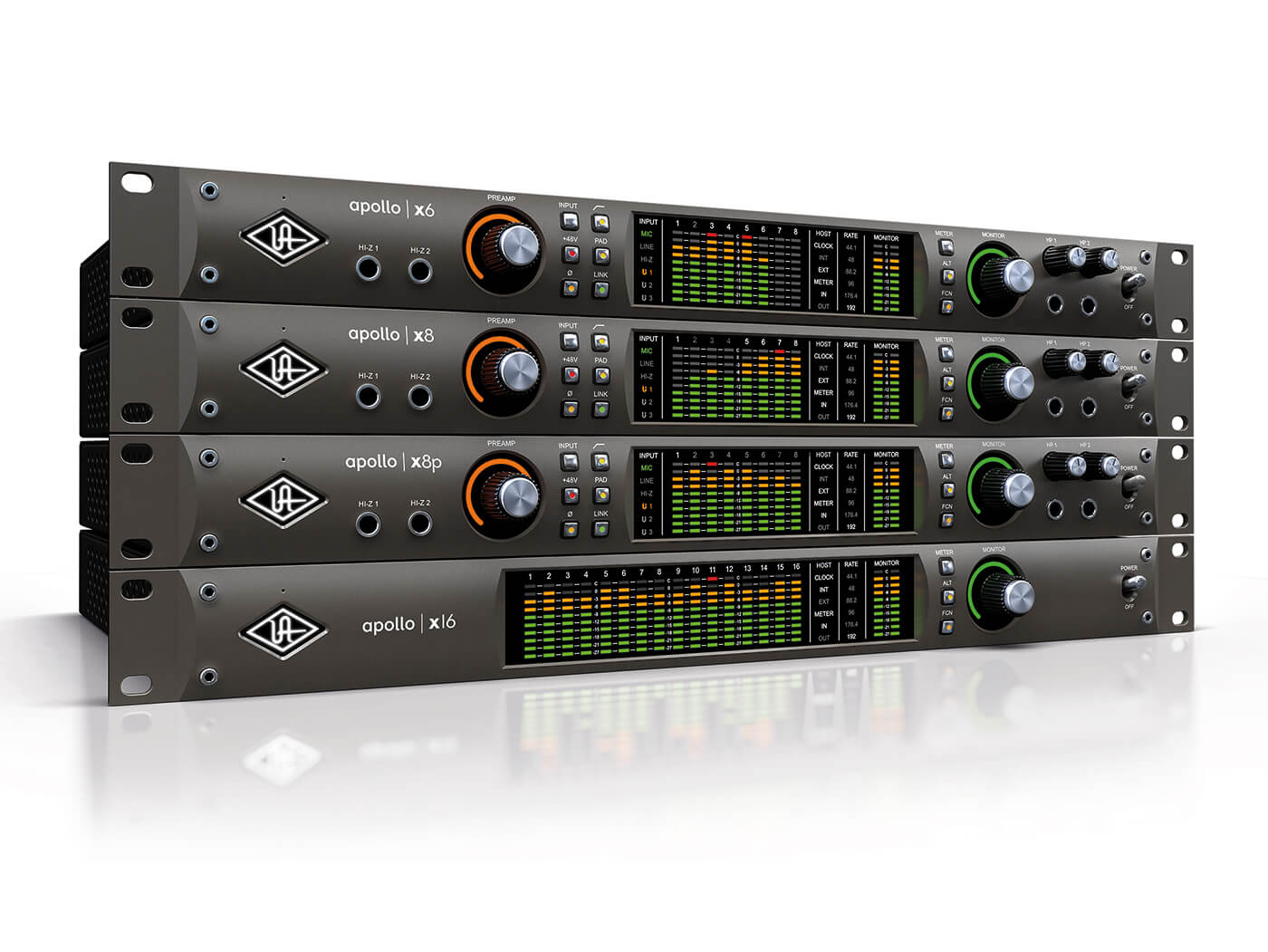
But there’s a caveat: standard ADAT lightpipe can carry eight channels of digital audio with a sample rate of up to 48kHz via a single optical connector, but S/MUX allows those channels to be combined – or multiplexed – spreading the data between multiple channels in order that higher sample rates can be transferred between compatible devices. This has the side effect of reducing the total number of channels that can be carried via a single ADAT port. The x6, then, has two pairs of ADAT ports and so at up to 96kHz, can provide a full eight channels of ADAT I/O, but at 176.2kHz and 192kHz sample rates, the channel count is halved to four.
The Apollo connects to the host computer via Thunderbolt. The x6’s Thunderbolt port is of the version 3 variety (not to be confused with the identical-looking but different USB 3.1 format), but is backwardly compatible with Thunderbolt 1 and 2 ports on the computer so long as a suitable converter cable is used. The system is very scalable, too, as a Thunderbolt pass-through port allows up to four Apollo X interfaces and up to six devices in total to be daisy-chained to a single host Thunderbolt port.
So, for example, you could link four Apollo X-series interfaces along with an additional pair of UAD Satellite DSP processors, to create a system with a hefty I/O count and prodigious DSP grunt. You’d need to save your funds first, but that’s nothing compared to how long as you would need to for a similarly spec’d Pro Tools HDX system.
The x6 sports six processing cores – or HEXA Core, as UA refers to it. This provides 50 per cent more DSP resources that the Quad Core DSP found in the previous generation of Apollo interfaces, which results in it being able to run more UAD-2 plug-ins simultaneously.

Preamps and mixer
All of the x6’s analogue input channels benefit from UA’s uncompromising approach to analogue design and component quality, giving a clean, uncoloured sound with plenty of headroom. The first two inputs can be switched between mic, line and Hi-Z operation (the rest are all line level), and feature UA’s innovative Unison preamp technology. This allows Unison-compatible UAD-2 plug-ins to be applied to the preamp, where they modify the preamp’s characteristics and response within the analogue domain, while also performing additional processing once the input signal has reached the digital domain.
By spanning both the analogue and digital domains in this way, the Unison preamps aim to faithfully and accurately recreate the characteristics and sound of classic analogue mic preamps, mixer channels, guitar and bass amps and stompboxes. And it works – oh, how it works!
I’ve encountered many digital interfaces, preamps and plug-ins over the years that claim to emulate classic hardware, but the claims often exceed the reality, and in some cases the so-called ‘modelling’ seems to amount to little more than an EQ curve. But that’s far from the case with the Unison preamps, which are almost magical in their ability to mimic different analogue hardware. What’s more, because they run on the x6’s in-built DSP processors, Unison plug-ins introduce no appreciable delay or latency on the channel.
Unison plug-ins are applied in the UA Console application, which is the main mixer and control panel for the x6. The Console’s features have been well planned and executed and are similar to what you’d expect to find on a professional hardware mixer, with individual strips for each I/O channel, two auxiliary sends, two cue sends corresponding to the two headphone outputs, flexible bussing options, and a comprehensive master section. There’s also an additional set of eight ‘Virtual’ channels, these being internal busses that you can use to create audio loopbacks and advanced bussing that may not be directly supported in your DAW.
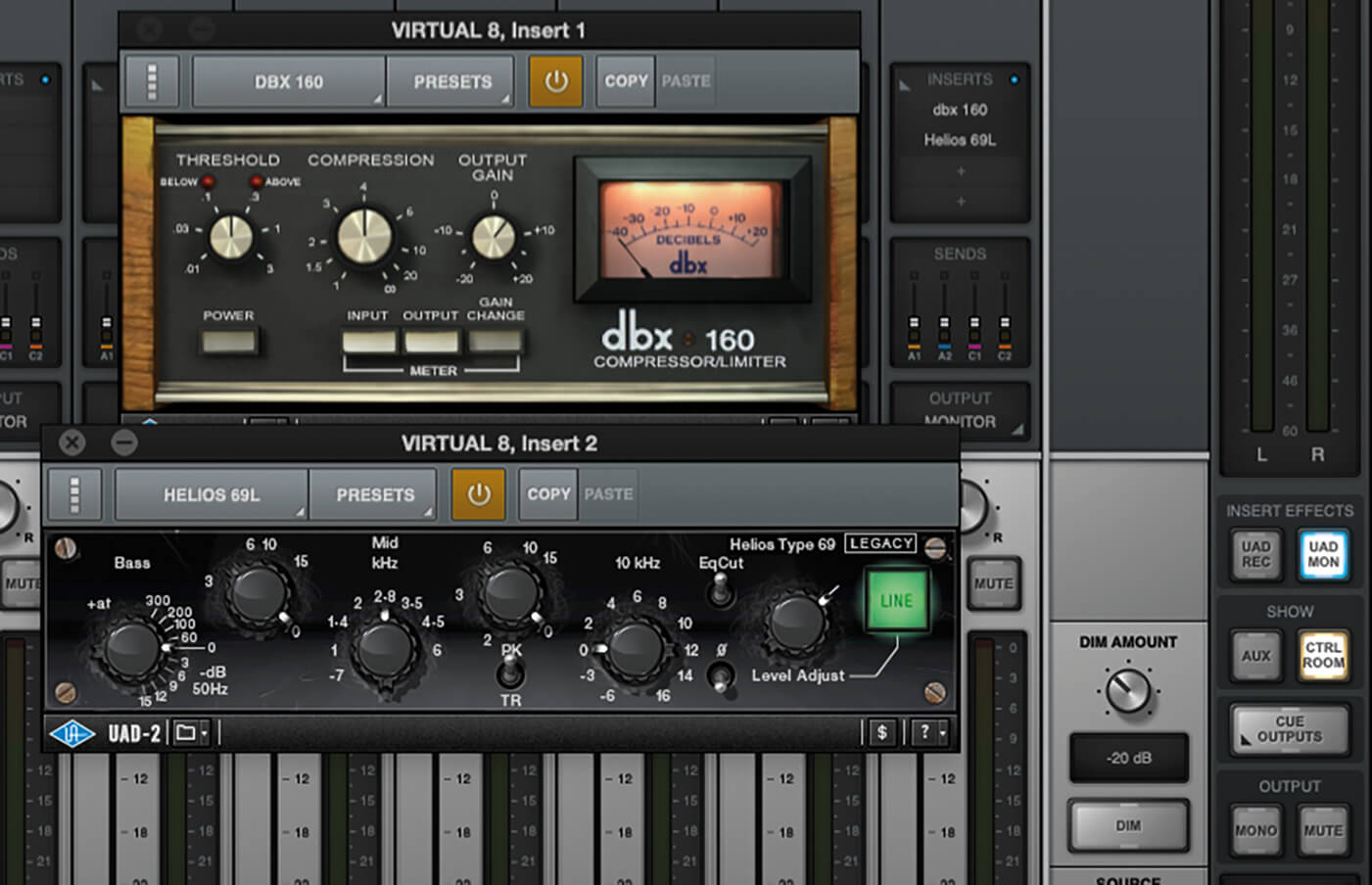
UAD-2 plug-ins
All channels – analogue, digital and virtual – and all auxiliary busses have slots for up to four insert effects and, like the Unison plug-ins, these are practically latency-free courtesy of the X6’s on-board DSP. A really nice feature here is that the results of the insert processing can be passed on to the DAW for recording, or can be sent only to the monitoring buss so that a completely clean, unprocessed signal is recorded in the DAW (Unison plug-ins are always part of the signal passed to the DAW).
You can still then apply the same effects within your DAW for playback, because all UAD plug-ins have counterparts in DAW-native formats – VST, AU, etc; these are essentially wrappers for the UAD-2 plug-ins, with all processing being performed by the x6’s DSP hardware, as you would expect. By recording a clean signal and monitoring an effected signal, then, you get the best of both worlds, ie, a flexible recorded signal and a useful, good-sounding, latency-free cue mix.
All current UAD-2 plug-ins are installed along with the Apollo drivers and software, but have to be purchased via UA’s online store to be unlocked and used (all have a month-long demo period available, too). The x6 comes with UA’s Realtime Analog Classics Plus bundle, which unlocks a good selection of classic compressors and EQs, a Marshall guitar-amp model, an Ampeg bass-amp model and more. The full range of available plug-ins is extensive, however, covering practically every conceivable family and type of audio effect and processor.
You’ll find painstakingly modelled emulations of ultra-desirable studio hardware from big names such as dbx, Ampex, Fender and SSL, as well as from boutique manufacturers such as Shadow Hills and Ocean Way. The library isn’t all classic analogue in nature either, with many plug-ins being purely software in origin. Head over to uaudio.com to check out the full range of UAD-2 plug-ins.
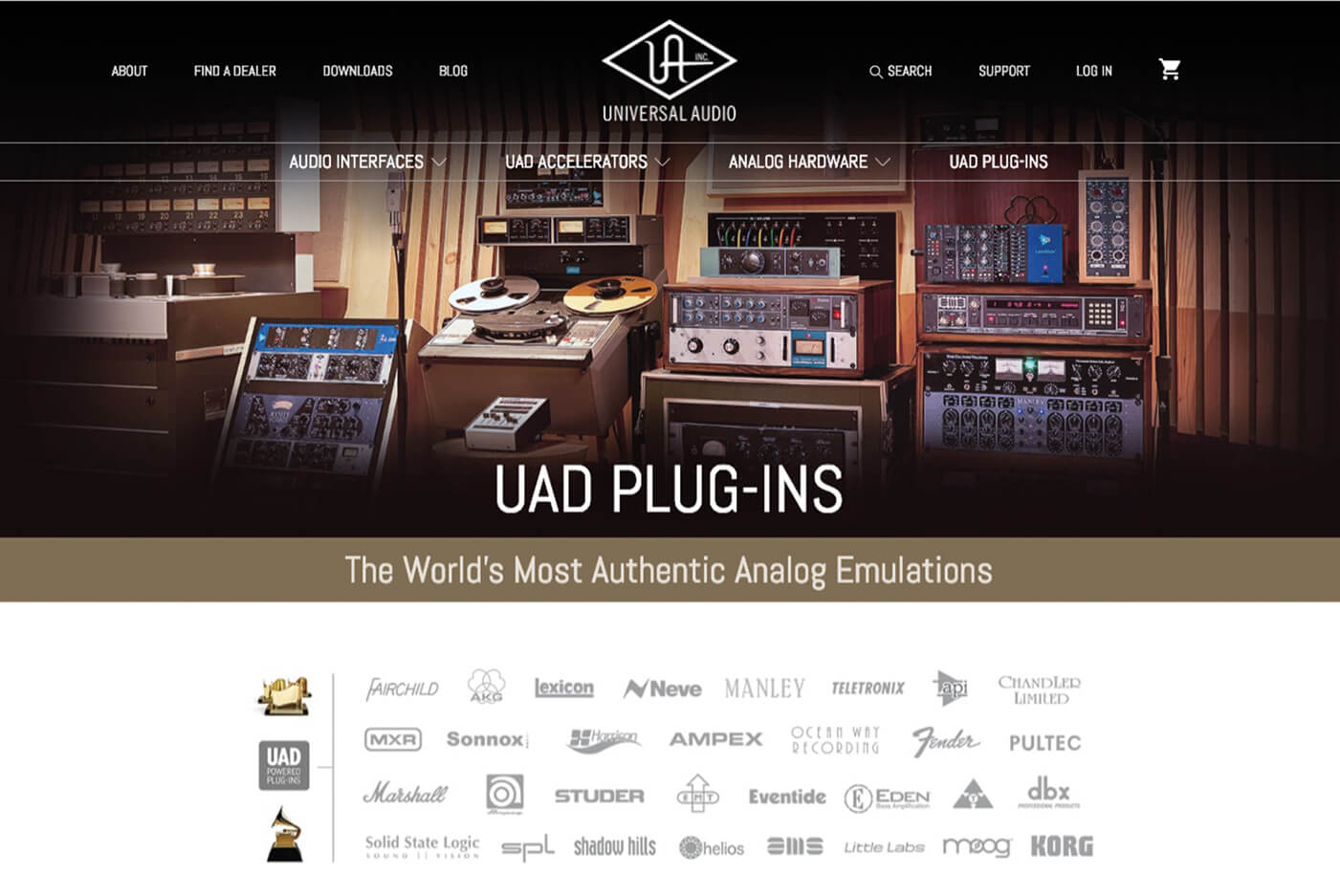
Unquestionably attractive
Having been an Apollo user for a few years now, I have tried a lot of UAD-2 plug-ins, and those I’ve gone on to buy have become my ‘go-to’ plug-ins for many scenarios. I have yet to encounter a disappointing UAD-2 plug-in, and going by the generally reliable user reviews in the UA store, few other people have encountered a dud, either.
Traditionally, the cost of dedicated audio DSP has kept it as the preserve of professional studios and high-end home/project studios, and while Universal Audio has lowered the bar of entry considerably with its Apollo and Satellite hardware ranges, these are still positioned at the upper end of the market (UA do also have less expensive solutions with smaller channel counts, such as Arrow). This pricing does, however, reflect the professional quality of the hardware and of the results it produces, and in that context can be considered good value.
I did find the x6’s configuration of six analogue inputs and outputs (not counting the dedicated monitor outputs) somewhat incongruous – slightly more than the minimum requirement for small projects, but not quite enough for anything much bigger. Only having one pair of mic inputs, albeit graced by UA’s clever Unison technology, also feels a bit limiting. The x6’s I/O configuration will be adequate for some, though, and does lend itself to broadcast and post work, while those who want a larger channel count or more mic inputs can look to the other models in the Apollo range, or consider daisy-chaining with other UA hardware.
Questions about the I/O count aside, though, there’s a lot to like about the x6. It delivers pristine audio quality; its onboard DSP can handle a large number of plug-ins, taking significant load off the host computer while allowing near-zero-latency monitoring of effected input signals; it supports all of the major DAWs and provides access to a large library of quality plug-ins and processors. Audio interfaces don’t get much better than this.
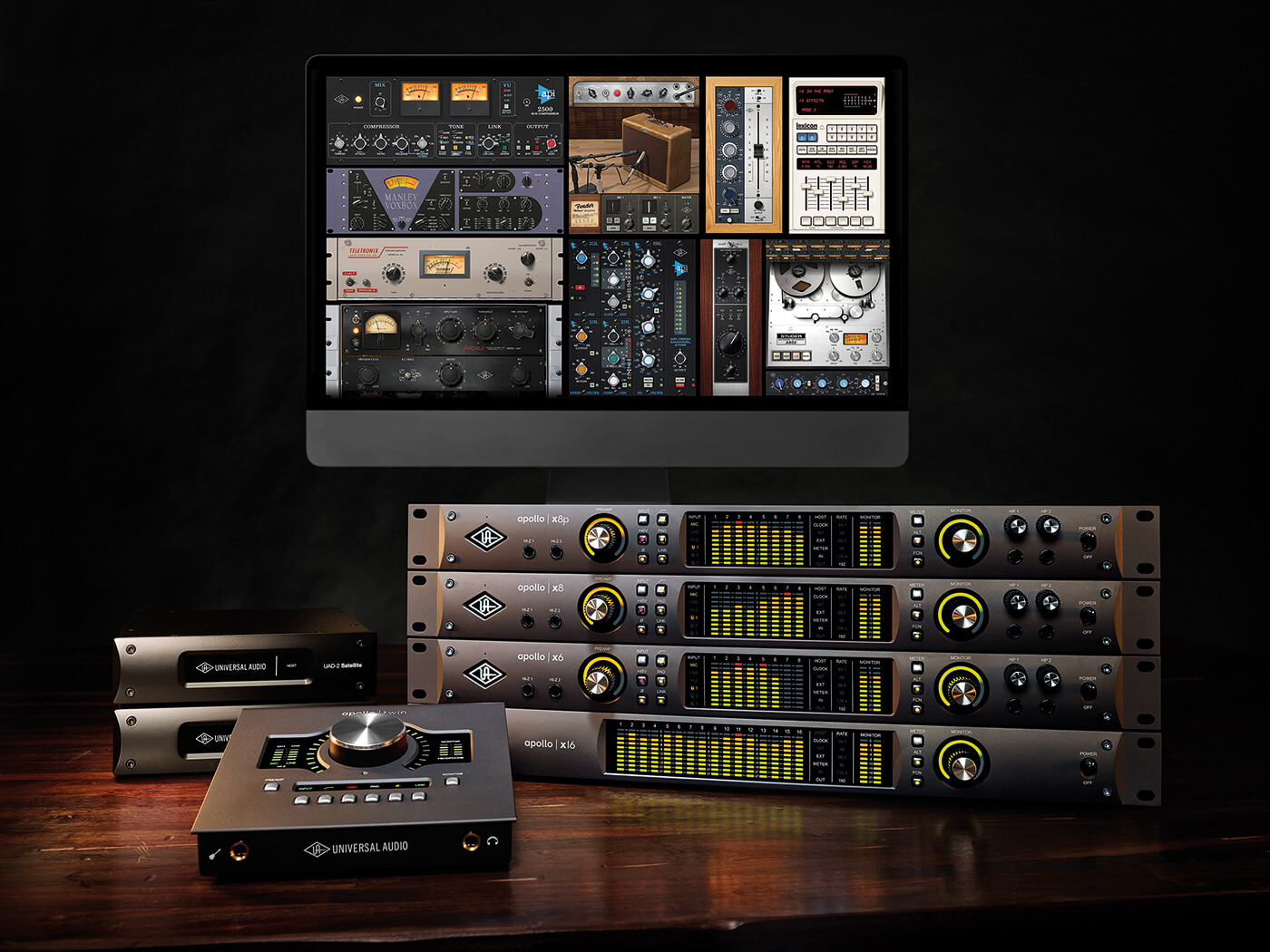
Do I really need this?
If you’re considering upgrading your audio hardware and are serious about your audio production work, then Universal Audio’s range of interfaces has to be considered: The company’s reputation for producing high-quality audio I/O devices is well deserved, as is its status as an innovator in the pro audio world.
Similarly, if you need more processing power for your mixes or are sick of the compromises forced on you by input latency, then UA’s DSP-loaded audio interfaces are a nigh-on perfect solution for your needs. The x6’s analogue I/O count is possibly offputting, but can be added to via ADAT connections or daisy-chaining other UA devices. In any event, other models in the Apollo range offer larger I/O counts for those that need them.
Key Features
- Multi-channel audio interface with high-quality audio I/O
- Onboard DSP processing
- Innovative Unison preamp technology
- Flexible routing
- Access to large library of high-quality UAD-2 plug-ins
- High-bandwidth Thunderbolt connection
- Daisy-chain to other UA Thunderbolt interfaces and processors
Alternatives
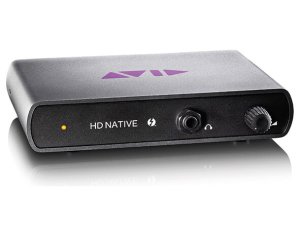
Avid
Pro Tools HD Native plus Avid HD Omni 4×8 interface
About £5,000
Despite being the long-time daddy of DSP-based DAWs, Avid appears to be moving Pro Tools away from dedicated DSP and focusing on native processing. There is logic to this move, but it’s surprising that it hasn’t had any discernible impact on Pro Tools’ eye-watering prices.
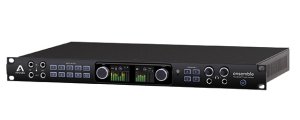
Apogee
Ensemble Thunderbolt
$2,495
Apogee’s Ensemble Thunderbolt audio interface is aimed at a similar market to UA’s Apollo range. The Ensemble features onboard DSP that can run Apogee’s FX Rack plug-ins, but at present there’s only a handful of such plug-ins available. When this improves, Apogee will be snapping at UA’s heels.